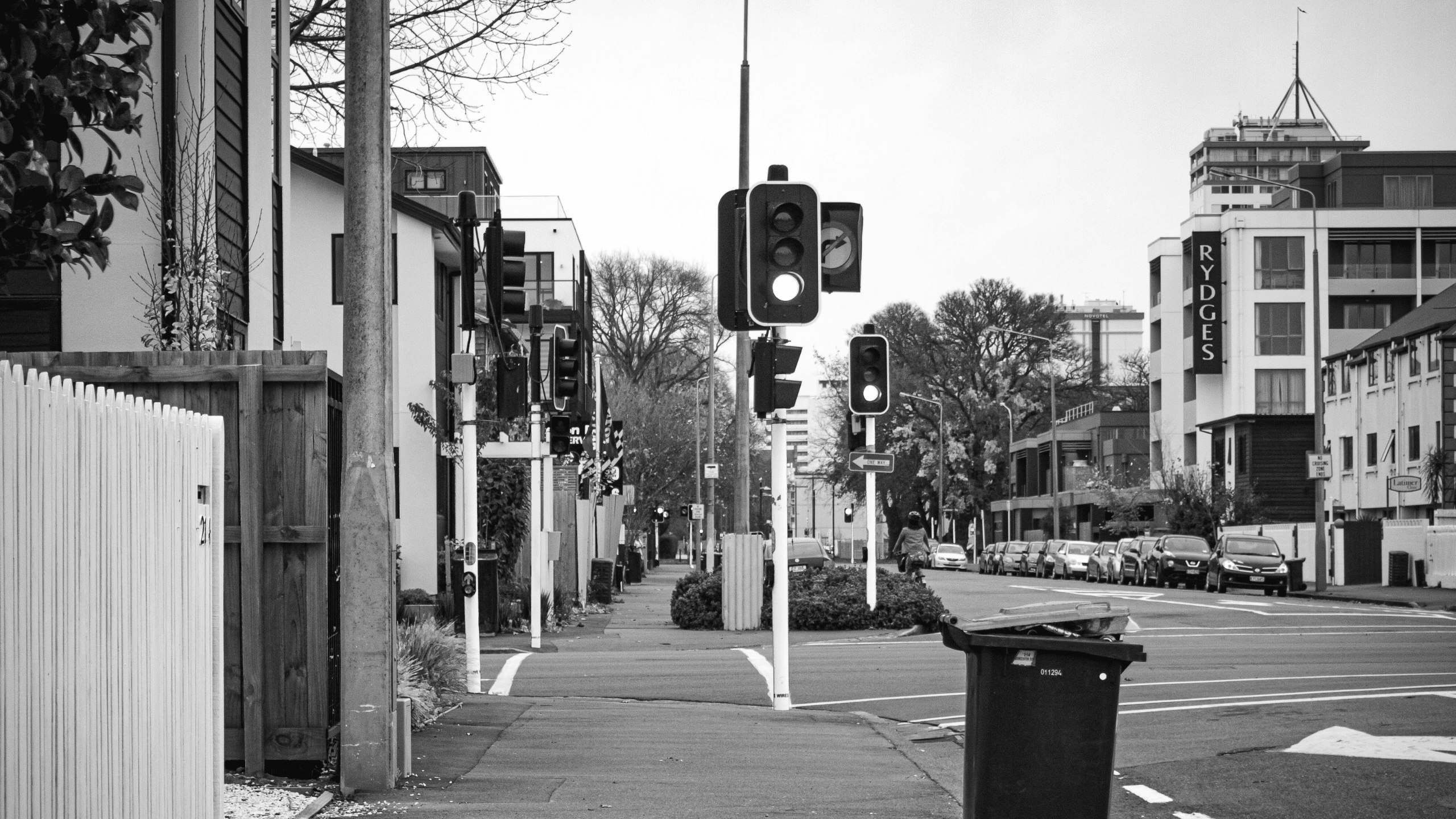The Government has confirmed a major step forward for Christchurch’s intensification journey, backing the majority of recommendations from an independent hearings panel to allow greater housing density across key parts of the city.
Minister for RMA Reform Chris Bishop announced his decisions on 17 outstanding recommendations tied to Plan Change 14, Christchurch City Council’s Intensification Planning Instrument. These decisions give the green light to a swathe of changes, including zoning updates, built form standards, and building heights in line with the National Policy Statement on Urban Development (NPS-UD).
For Property Council members, these changes signal a more enabling environment for medium- and high-density development — particularly in areas like Hornby, Riccarton, Linwood, and around key public transport routes.
What’s been approved?
Minister Bishop upheld the Independent Hearings Panel’s (IHP) position on the majority of points, supporting stronger urban intensification aligned with national direction. Key highlights include:
- High-density zoning approved for Hornby, Riccarton and Linwood.
- Increased building heights for key commercial centres and surrounding residential areas.
- Standard MDRS rules (allowing three homes of up to three storeys without resource consent) upheld in most cases.
- The removal of local qualifying matters that attempted to override national requirements without robust evidence (e.g., special sunlight access provisions).
These decisions take immediate effect and cannot be appealed.
Minister rejects Council’s attempts to water down intensification
In several cases, the Council had sought to reduce the scale of development permitted — from tighter height limits to special character protections — but failed to convince the Minister or the Panel.
For example:
- The proposed city-wide sunlight protection overlay was rejected due to a lack of evidence.
- Attempts to limit development near Christchurch Airport were scaled back.
- Plans to preserve lower-density zoning around Riccarton Bush and restrict intensification along key corridors were not supported.
Minister Bishop said the Council’s recommendations did not meet the legal threshold for overriding national policy and noted that intensification is necessary to address New Zealand’s housing shortfall.
Council not happy, but more decisions still to come
Christchurch Mayor Phil Mauger expressed disappointment, particularly over the rejection of the Council’s bid for greater sunlight access standards and other localised protections. “To only have three of our alternative recommendations accepted is a kick in the guts,” he said.
However, Plan Change 14 isn’t fully resolved yet. The Council must still make decisions on the remaining parts of the plan, including wider housing intensification across the city, by 12 December 2025.
What else is coming?
The Government is progressing the Resource Management Act Amendment Bill, expected to become law in August, which may allow councils to withdraw parts of their intensification plans — including applying more discretion over where the MDRS applies. Christchurch City Council is awaiting final detail from the Select Committee.
What this means for members
These changes reaffirm the Government’s commitment to enabling greater housing supply in Christchurch’s urban areas and create new opportunities for residential development — particularly for projects that align with public transport, employment hubs, and existing infrastructure.
While some tensions remain between national and local objectives, the direction of travel is clear: urban intensification is not just encouraged — it’s required.
Property Council New Zealand will continue to monitor developments and engage with both local and central government to ensure that housing policy enables growth while balancing the needs of our communities and industry.
Questions?
Reach out to our South Island advocacy representative, Sandamali Ambepitiya, should you have any questions.
Author | Sandamali Ambepitiya
Sandamali arrived at Property Council with a Bachelor of Arts and Law, and experience as an advisor with the Employers & Manufacturers Association.
Conscientious and detailed, Sandamali leads our advocacy in the South Island and Wellington regions. She is also leading our work on the reform of the resource management and building systems and sustainability / seismic strengthening.
An excellent listener, Sandamali is in her element when facilitating stakeholders and members to develop our advocacy positions.


